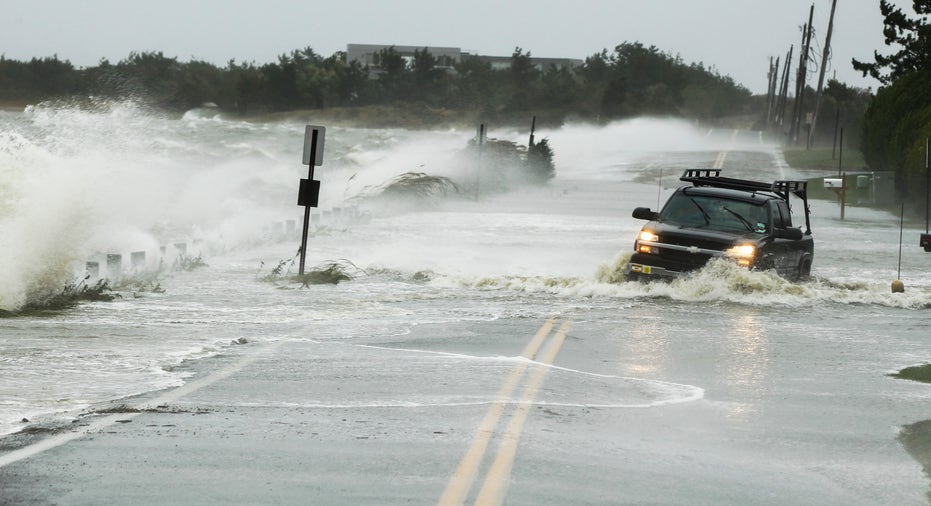Five Tips on Car Repairs After a Natural Disaster

Whether it's a set of monster tornadoes such as the ones that struck Moore, Okla., recently or another natural disaster, when your car is damaged by Mother Nature, you're faced with a complex maze of insurance claims and car repairs, while trying to ensure that you are treated fairly throughout the process. Here are five things to keep in mind as you navigate your way through the mess.
Make a paper trail. Anytime your car is damaged, keep thorough notes of conversations and all the paper documentation relating to the damage. Tracking your conversations with the insurance company and keeping written assessments of the damage and car repairs will allow you to ensure the damage to your car is repaired. In addition, it also will provide a handy basis should you have a future problem related to the original damage and need to have your insurance company reopen the claim.
Watch for fraud. Towing companies and repairmen come out of the woodwork after a natural disaster strikes, and some may be fraudulent. Even legitimate businesses may be anxious to make a quick dollar at your expense by charging more for car repairs than they would under the typical rate.
Beware of offers. Companies you have never done business with may cold-call you or send you a letter offering services. While these deals may be from legitimate businesses, they may not be best equipped to handle the work you need done. Research companies you are unfamiliar with before doing business with them.
Be proactive in getting unseen problems assessed. Car damage that is the result of a natural disaster often can be difficult to see. For example, with floods, there can be water damage to electronics that doesn't appear until much later. With a strong tornado like the one in Oklahoma, a car that is lifted and moved can sustain damage to the chassis and suspension that evolves into a problem only after the car has been driven for a while.
Be proactive with the insurance adjuster and the repair facility to assess the parts that could have sustained damage that will cause problems in the future. Push to have these parts replaced now. If they aren't replaced, then keep an eye on them in the future. Instead of dismissing any unusual noises or other concerns, go back to the original repair facility and ask the mechanic to do an inspection and contact your insurance company about reopening the claim.
Make sure your insurance payout is fair. In the event that your car is determined to be a total loss, do some research before you accept the insurance company's payout offer. Calculate the car's value at several car pricing sites, such as Edmunds.com, Kelley Blue Book and NADAGuides.com. Print out a copy of each value and present the highest one to your insurance company, asking for a higher payout or for them to authorize all the necessary car repairs. Keep in mind that once your insurance company agrees to repair your car, it will cover the cost of all the repairs less any deductible, even if the final amount exceeds your car's value.
Bankrate's content, including the guidance of its advice-and-expert columns and this website, is intended only to assist you with financial decisions. The content is broad in scope and does not consider your personal financial situation. Bankrate recommends that you seek the advice of advisers who are fully aware of your individual circumstances before making any final decisions or implementing any financial strategy. Please remember that your use of this website is governed by Bankrate's Terms of Use.



















